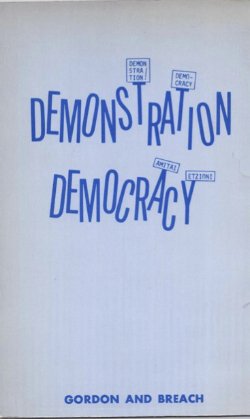By Lu-In Wang
The concept and naming of “hate crime,” and the adoption of special laws to address it, provoked controversy and raised fundamental questions when they were introduced in the 1980s. In the decades since, neither hate crime itself nor those hotly debated questions have abated. To the contrary, hate crime has increased in recent years—although the prominent target groups have shifted over time—and the debate over hate crime laws has reignited as well. The still-open questions range from the philosophical to the doctrinal to the pragmatic: What justifies the enhanced punishment that hate crime laws impose based on the perpetrator’s motivation? Does that enhanced punishment infringe on the perpetrator’s rights to freedom of belief and expression? How can we know or prove a perpetrator’s motivation? And, most practical of all: Do hate crime laws work? This Essay proposes that we reframe our understanding of what we label as hate crimes. It argues that those crimes are not necessarily the acts of hate-filled extremists motivated by deeply held, fringe beliefs, but instead often reflect the broader, even mainstream, social environment that has marked some social groups as the expected or even acceptable targets for crime and violence. In turn, hate crimes themselves influence the social environment by reinforcing recognizable patterns of discrimination. The Essay maintains that we should broaden our understanding of the motivations for and effects of hate crimes and draws connections between hate crimes and seemingly disparate phenomena that have recently captured the nation’s attention.
112 J. CRIM. L. & CRIMINOLOGY 847 (2023)





















